Home>Furniture & Design>Interior Design Trends>How To Make Your Home Decor Cohesive And Flow
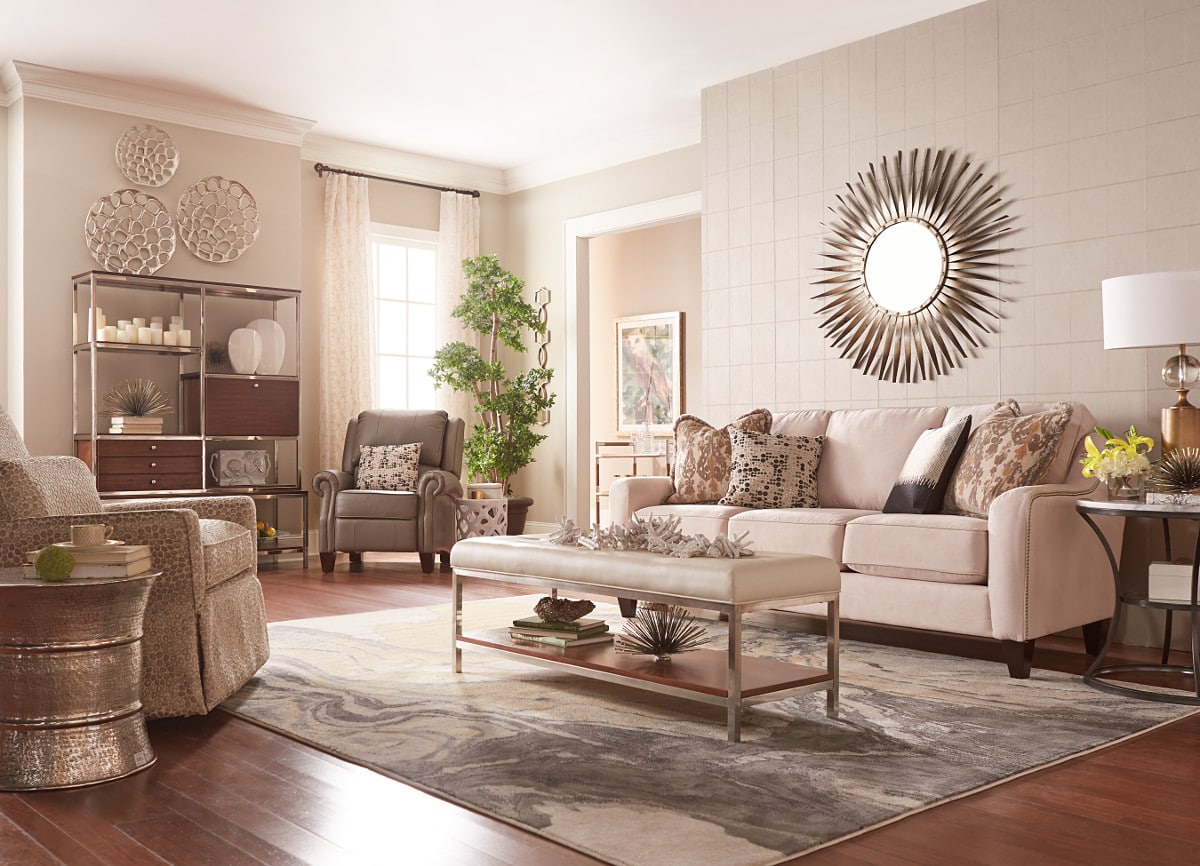

Interior Design Trends
How To Make Your Home Decor Cohesive And Flow
Modified: January 5, 2024
Discover the latest interior design trends to create a cohesive and flowing home decor. Get expert tips and inspiration to elevate your space.
(Many of the links in this article redirect to a specific reviewed product. Your purchase of these products through affiliate links helps to generate commission for Storables.com, at no extra cost. Learn more)
Introduction
Creating a cohesive and flowing interior design in your home can significantly enhance its aesthetic appeal and overall ambiance. When each room seamlessly connects to the next, it fosters a sense of harmony and balance, making the entire space feel inviting and well put together. Achieving this level of coherence involves careful consideration of various elements, including color palettes, textures, furniture arrangement, and accessories.
By strategically integrating these components, you can transform your living space into a unified and harmonious environment that exudes style and sophistication. This article will delve into the key strategies for achieving a cohesive and flowing home decor, offering practical tips and insights to help you elevate your interior design prowess. Whether you're embarking on a full-scale home makeover or seeking to infuse a new sense of unity into your existing decor, these guidelines will empower you to curate a space that feels effortlessly cohesive and visually captivating.
Key Takeaways:
- Create a cohesive home by choosing a harmonious color palette and consistent textures. This will tie different areas together and infuse each space with its unique character.
- Thoughtfully arrange furniture and incorporate cohesive accessories to guide the eye and establish a natural flow within your living space. This adds the finishing touches that tie together the overall design narrative, infusing your space with personality and charm.
Choosing a Color Palette
One of the fundamental pillars of cohesive interior design is the selection of a harmonious color palette. A well-chosen color scheme can tie together different areas of your home, creating a sense of continuity and flow. When determining a color palette, consider the mood and atmosphere you wish to evoke in each room. For a serene and airy feel, opt for soft pastel hues or cool neutrals. In contrast, vibrant and bold colors can infuse spaces with energy and personality.
To ensure a seamless transition from one room to the next, it’s advisable to maintain a consistent color scheme throughout your home. This doesn’t mean that every room must be identical, but rather that there should be a unifying thread that connects them. You can achieve this by incorporating varying shades of a particular color or by using complementary colors that work harmoniously together.
Another approach to achieving color cohesion is through the use of an accent color. By selecting a specific hue to feature in each room, you can create a sense of cohesion while allowing for individualized character in different spaces. Additionally, consider the impact of natural light on your chosen colors, as well-lit rooms may showcase colors differently than those with limited natural light.
When integrating different colors, it’s essential to strike a balance between unity and variety. Too much uniformity can result in a monotonous ambiance, while excessive contrast might lead to a disjointed feel. Experiment with different color combinations and pay attention to how they interact with each other to achieve the perfect balance of cohesion and visual interest.
Using Consistent Textures and Materials
Consistency in textures and materials is pivotal in establishing a cohesive and flowing interior design. When various elements within a space share common textures or materials, it creates a sense of connection and unity. Whether it’s the smooth finish of a marble countertop echoing the sleekness of a metal lamp, or the warmth of wooden flooring complementing the grain of a timber side table, these harmonious pairings contribute to a cohesive aesthetic.
When selecting materials, consider how they interact with each other and the overall ambiance you aim to achieve. For instance, if your design leans towards a contemporary style, incorporating materials such as glass, chrome, and polished wood can reinforce the modern aesthetic. Conversely, a rustic or bohemian theme may call for natural materials like distressed wood, rattan, and woven textiles to infuse a sense of warmth and earthiness.
Textural consistency can also be achieved through soft furnishings and decor elements. Plush rugs, tactile throws, and sumptuous cushions can introduce a layer of depth and coziness, tying together different areas of your home. Additionally, incorporating consistent textures across various rooms can create a seamless transition from one space to another, promoting a sense of continuity and flow.
It’s important to strike a balance between cohesion and variety when integrating textures and materials. While consistency is key, incorporating a diverse range of textures can add depth and visual interest to your interior design. Experiment with different combinations, layering smooth and rough textures, shiny and matte surfaces, to create a multi-dimensional and inviting environment.
Choose a consistent color palette and stick to it throughout your home. This will create a cohesive and flowing look, tying all the rooms together.
Creating Visual Flow with Furniture Arrangement
The arrangement of furniture plays a pivotal role in establishing visual flow and cohesion within your living space. Thoughtfully placing furniture can guide the eye through a room, create a harmonious layout, and ensure that each area feels interconnected. When arranging furniture, consider the functionality of the space, traffic flow, and the visual impact of each piece.
One effective strategy for promoting visual flow is to maintain a sense of balance and symmetry in your furniture arrangement. This can be achieved by pairing larger pieces, such as sofas and armchairs, with complementary items to create a cohesive and visually appealing setup. Additionally, consider the visual weight of each piece and strive for an equilibrium that distributes visual interest evenly throughout the room.
Open-concept spaces present a unique opportunity to establish visual flow across different areas. By creating designated zones for specific activities, such as lounging, dining, and work, you can delineate distinct areas while ensuring a seamless transition from one space to another. Utilizing area rugs, varying ceiling heights, or architectural elements can also help demarcate different zones while maintaining a cohesive overall aesthetic.
Another aspect to consider is the scale of furniture in relation to the room. Oversized pieces can disrupt the visual flow and make a space feel cluttered, while undersized furniture may appear lost within a larger room. Strive to achieve a harmonious balance by selecting furniture that complements the scale of the room and allows for comfortable circulation around each piece.
Furthermore, the strategic placement of furniture can create natural pathways and focal points within a room, guiding the eye and enhancing the overall flow. By considering the lines of sight and movement within a space, you can craft a layout that feels intuitive and visually engaging, fostering a sense of cohesion and harmony throughout your home.
Incorporating Cohesive Accessories
Accessories are the finishing touches that can elevate your interior design from coordinated to cohesive. When selecting accessories, aim for a harmonious blend of elements that tie together different areas of your home. Whether it’s artwork, decorative objects, or textiles, cohesive accessories can infuse your space with personality and visual unity.
One approach to achieving cohesiveness is to establish a thematic thread that runs through your accessories. This could involve incorporating a specific motif, color scheme, or material across different pieces. For example, if you opt for a coastal theme, you might integrate accessories with nautical motifs, a palette of soft blues and whites, and natural textures like rope and driftwood to maintain a consistent coastal aesthetic.
Layering accessories thoughtfully can also contribute to a cohesive and inviting ambiance. Consider the interplay of different textures, heights, and shapes to create visual interest while ensuring a sense of unity. Grouping accessories in vignettes or clusters can help tie together disparate elements, creating focal points that draw the eye and promote a cohesive visual narrative.
Additionally, mirrors and reflective surfaces can be used strategically to enhance visual flow and create the illusion of spaciousness. Placing mirrors opposite windows or in areas that lack natural light can amplify the sense of openness and luminosity, contributing to a cohesive and well-balanced environment.
It’s essential to exercise restraint when incorporating accessories to avoid overwhelming the space. Selecting a few statement pieces that resonate with the overall design theme can have a more significant impact than an abundance of disparate items. By curating a carefully edited selection of accessories, you can ensure that each piece contributes to the cohesive narrative of your interior design.
Conclusion
Creating a cohesive and flowing interior design is a multifaceted endeavor that involves a thoughtful integration of various elements, from color palettes and textures to furniture arrangement and accessories. By approaching your home decor with a strategic mindset and an eye for detail, you can transform individual rooms into interconnected spaces that exude harmony and style.
Choosing a harmonious color palette sets the foundation for a cohesive design, allowing for a seamless transition from one room to another while infusing each space with its unique character. Consistency in textures and materials further reinforces the interconnectedness of different areas, creating a sense of visual unity and depth.
Thoughtful furniture arrangement is instrumental in guiding the eye and establishing a natural flow within your living space. By considering balance, scale, and functionality, you can create a layout that feels cohesive and visually engaging. Moreover, the incorporation of cohesive accessories adds the finishing touches that tie together the overall design narrative, infusing your space with personality and charm.
Ultimately, achieving a cohesive and flowing interior design is a dynamic and creative process that allows you to express your unique style while fostering a sense of unity throughout your home. By implementing the strategies outlined in this article and infusing them with your personal flair, you can curate a space that feels effortlessly cohesive, visually captivating, and reflective of your individual taste and personality.
Embracing the art of cohesive interior design not only enhances the aesthetic appeal of your home but also cultivates a sense of balance and tranquility, making your living space a welcoming sanctuary that reflects your distinct sense of style and sophistication.
Frequently Asked Questions about How To Make Your Home Decor Cohesive And Flow
Was this page helpful?
At Storables.com, we guarantee accurate and reliable information. Our content, validated by Expert Board Contributors, is crafted following stringent Editorial Policies. We're committed to providing you with well-researched, expert-backed insights for all your informational needs.
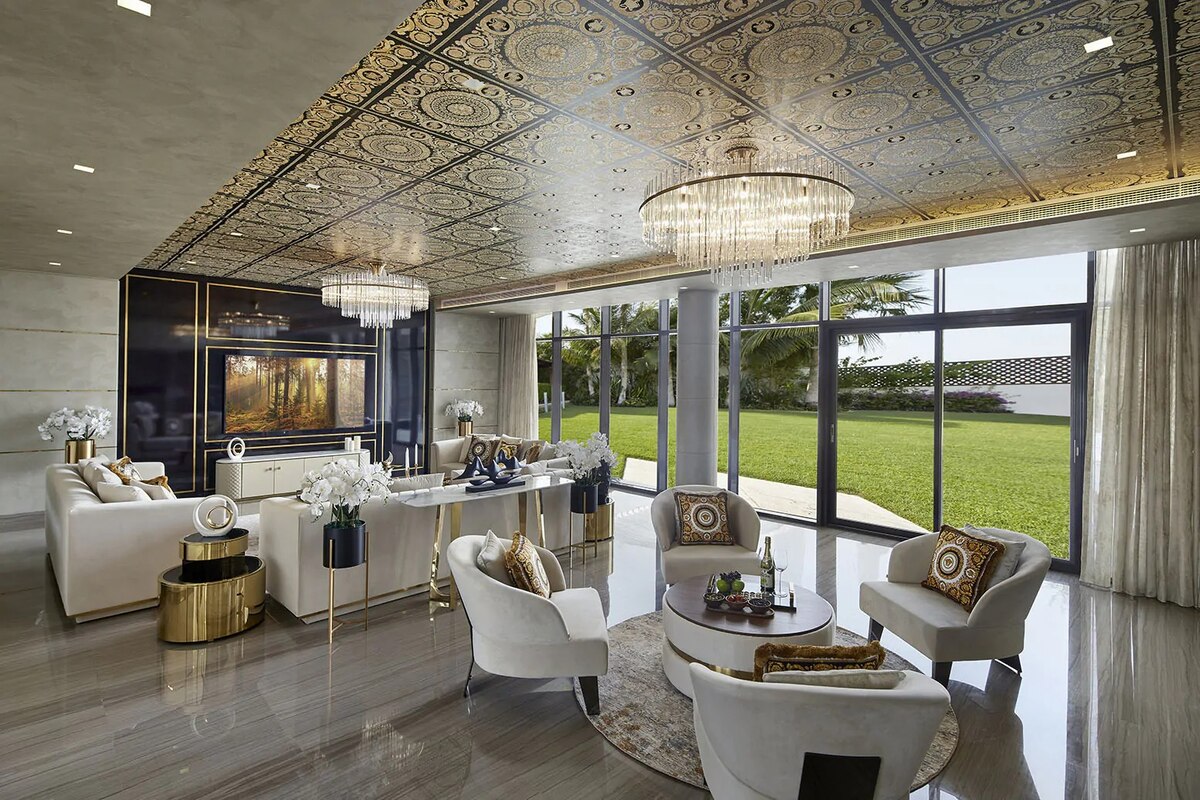
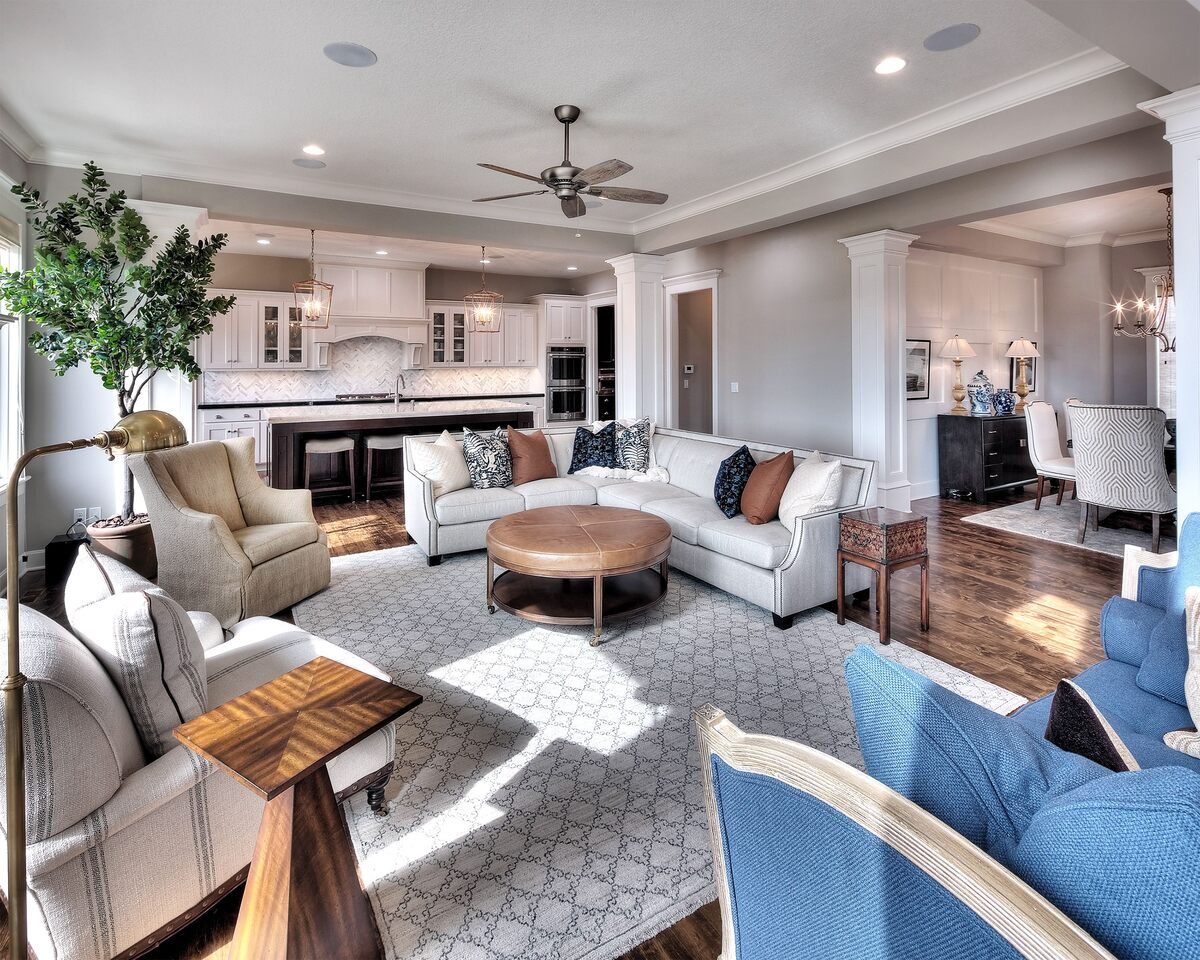
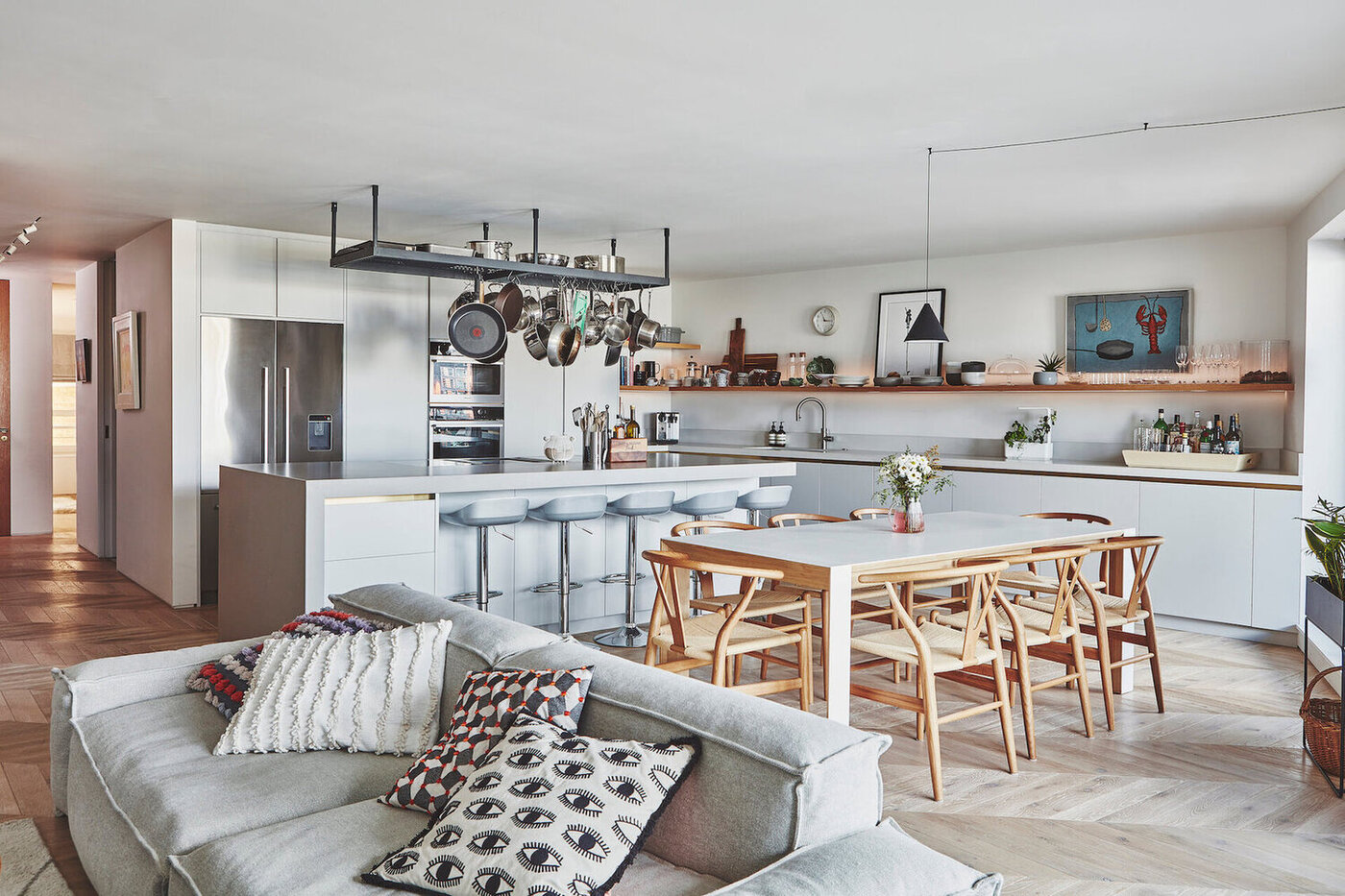
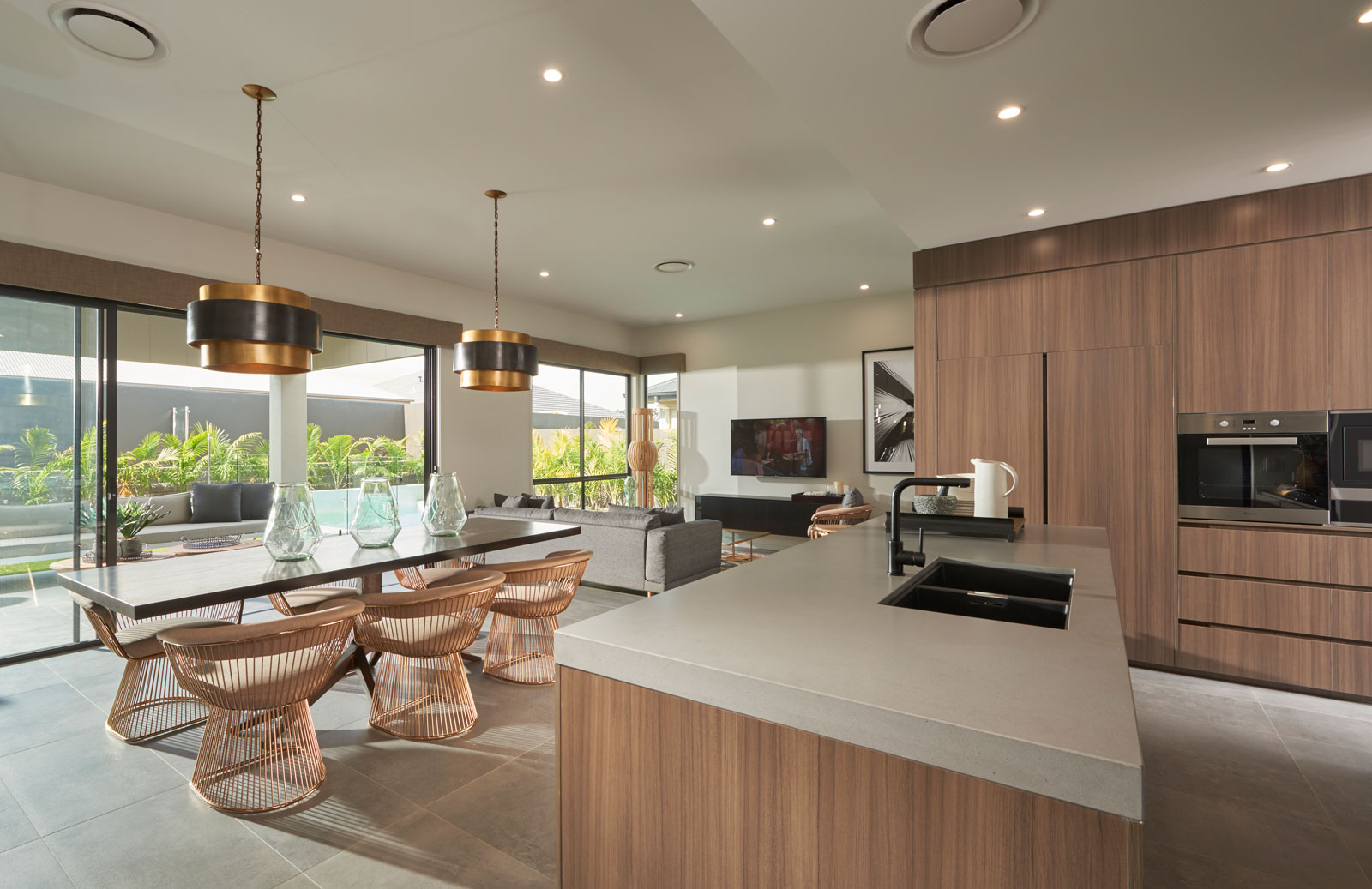
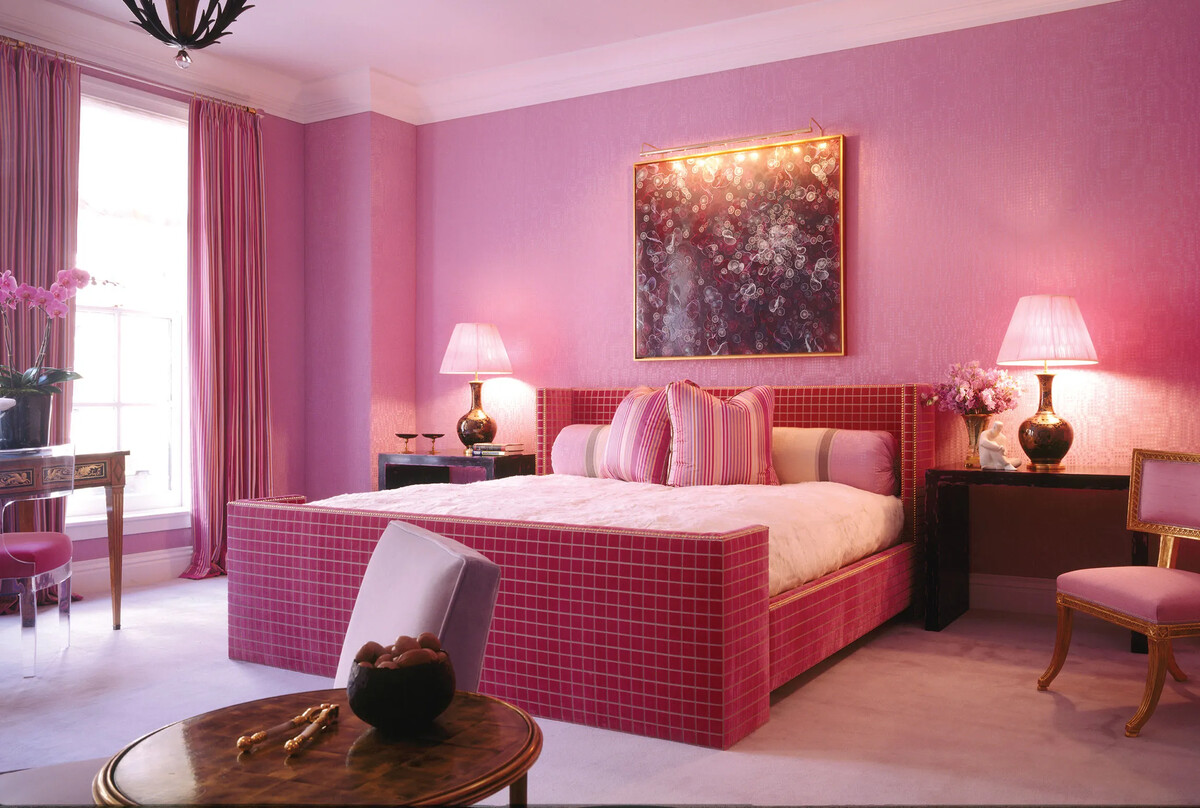
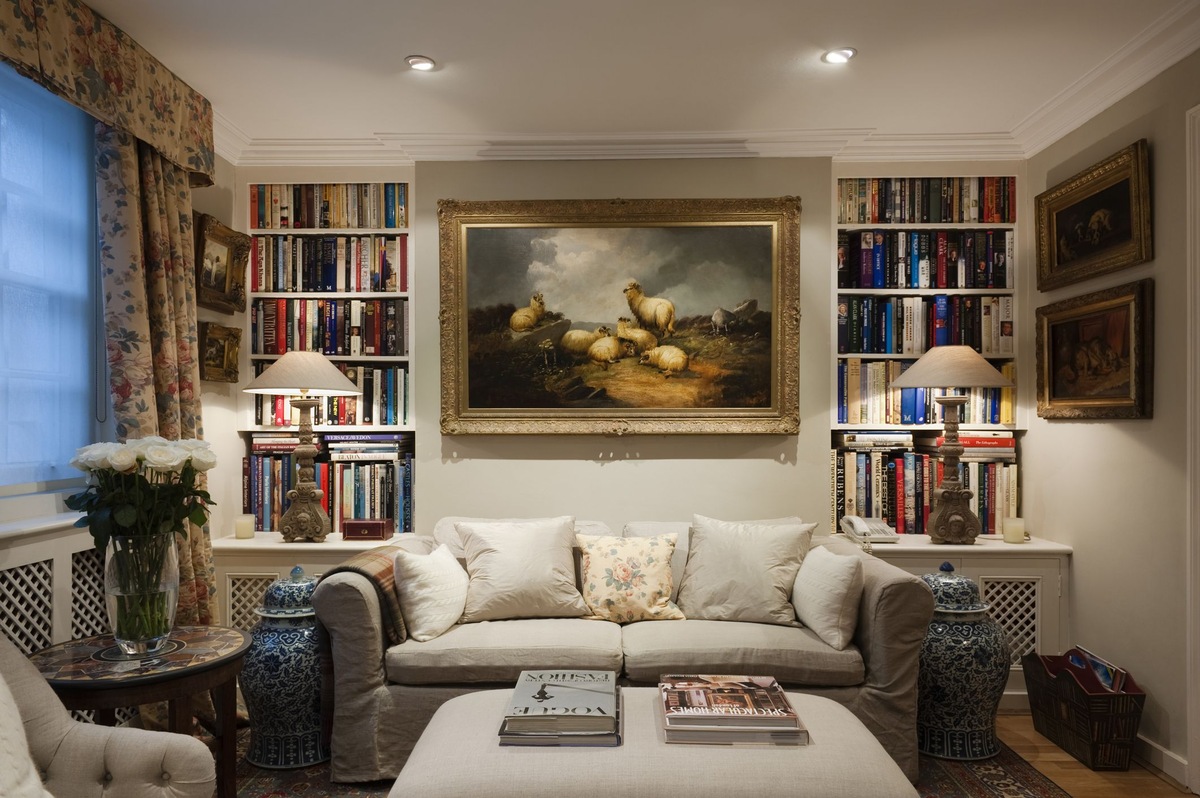
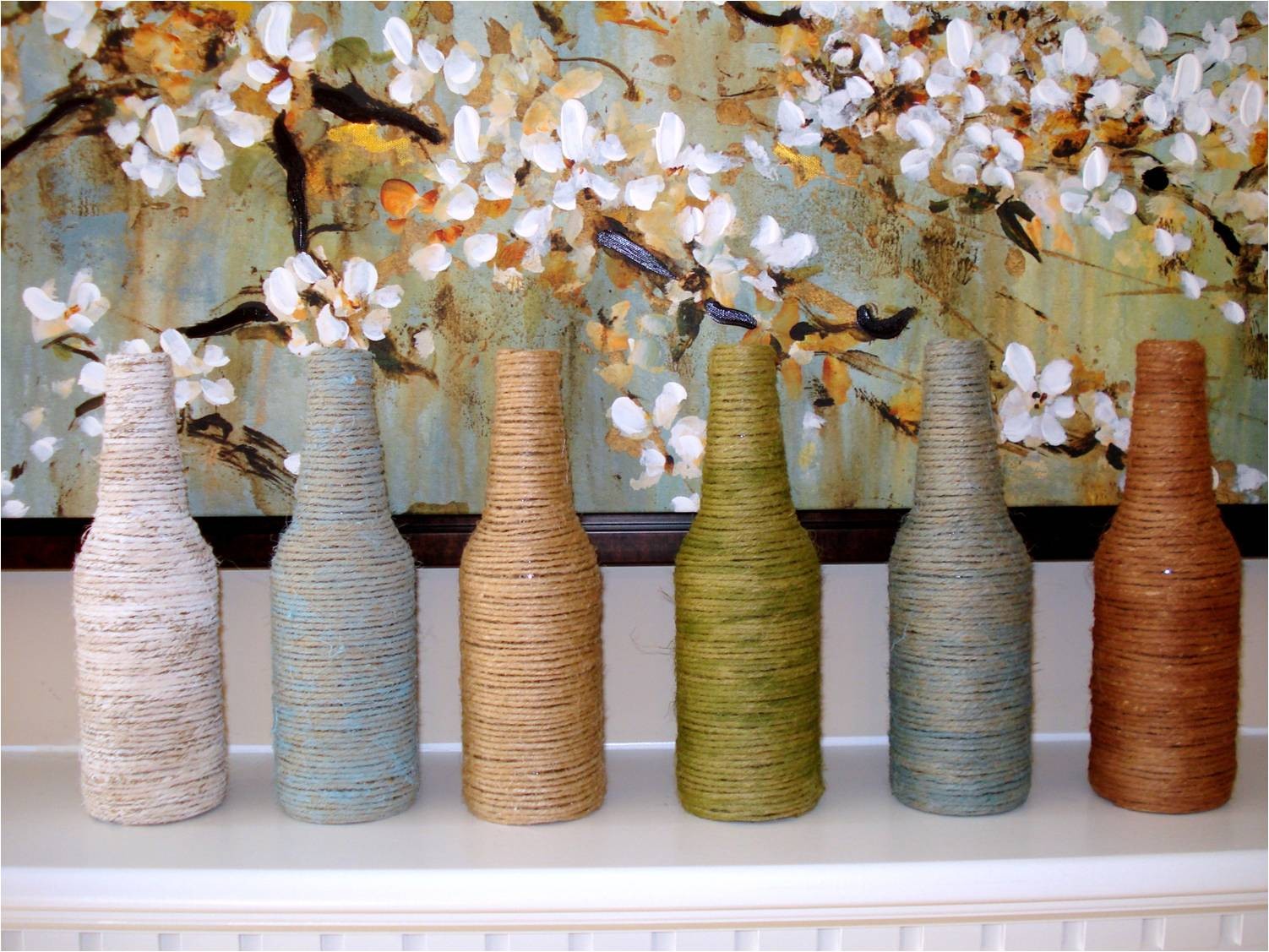
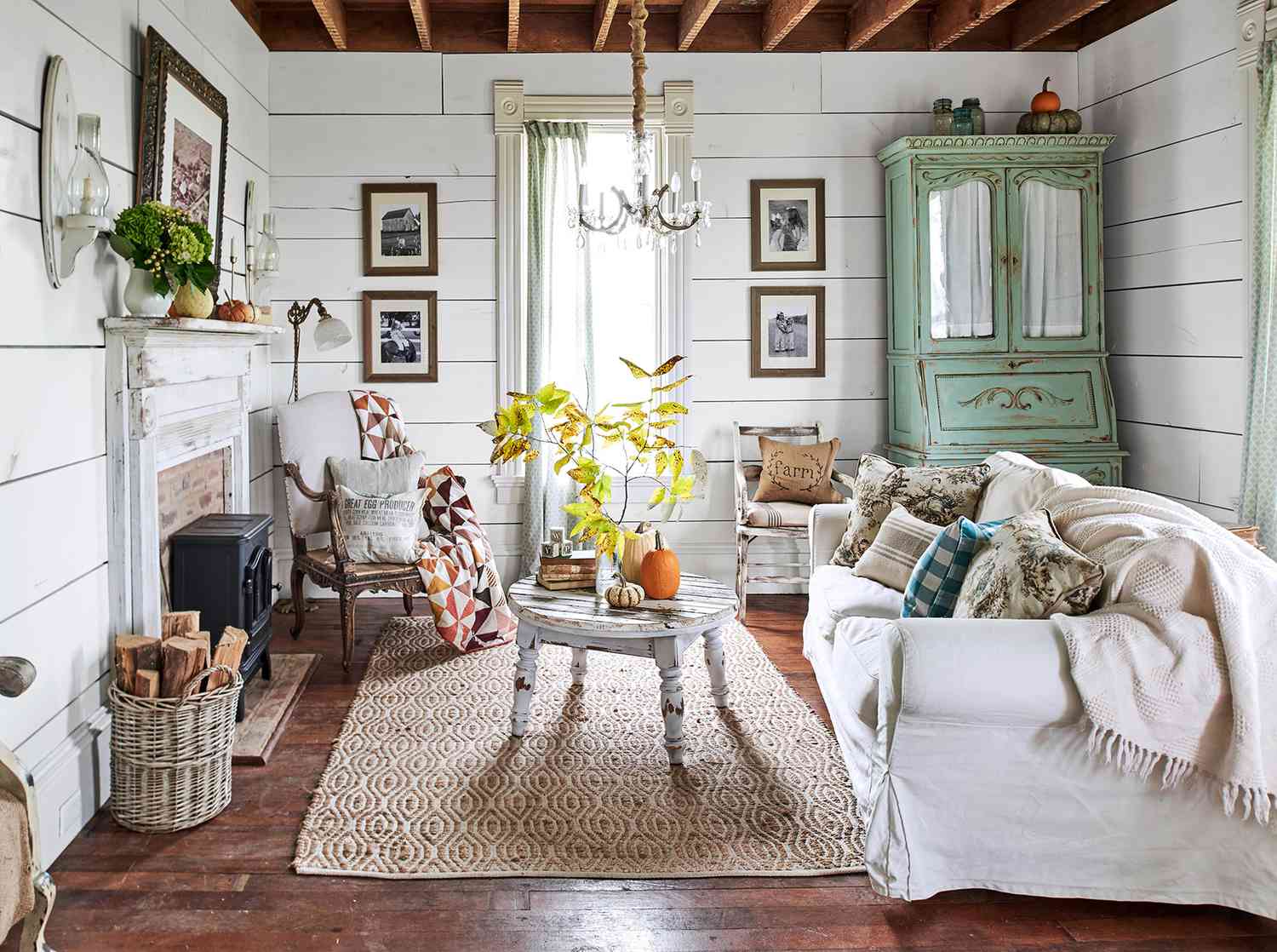
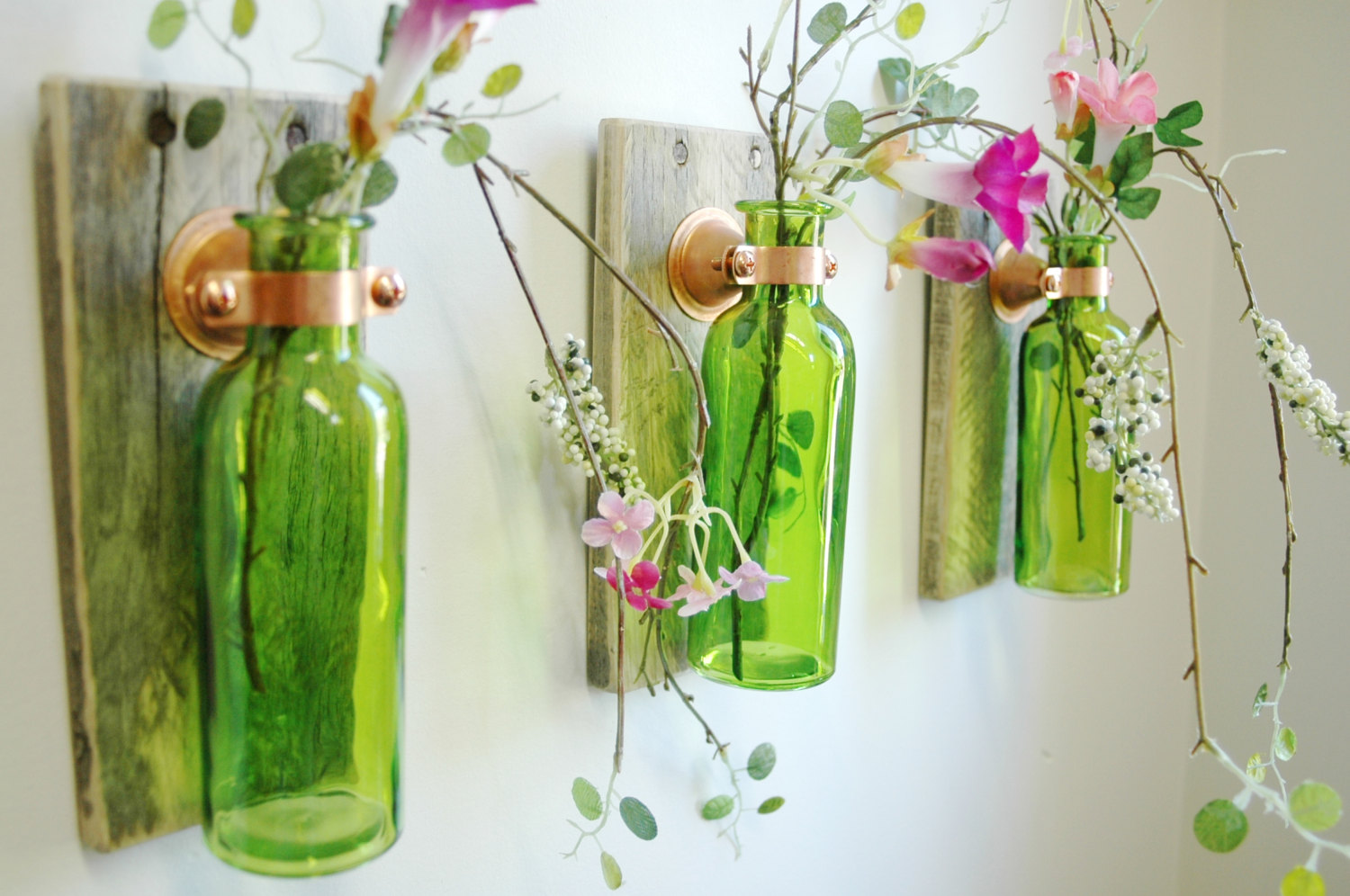
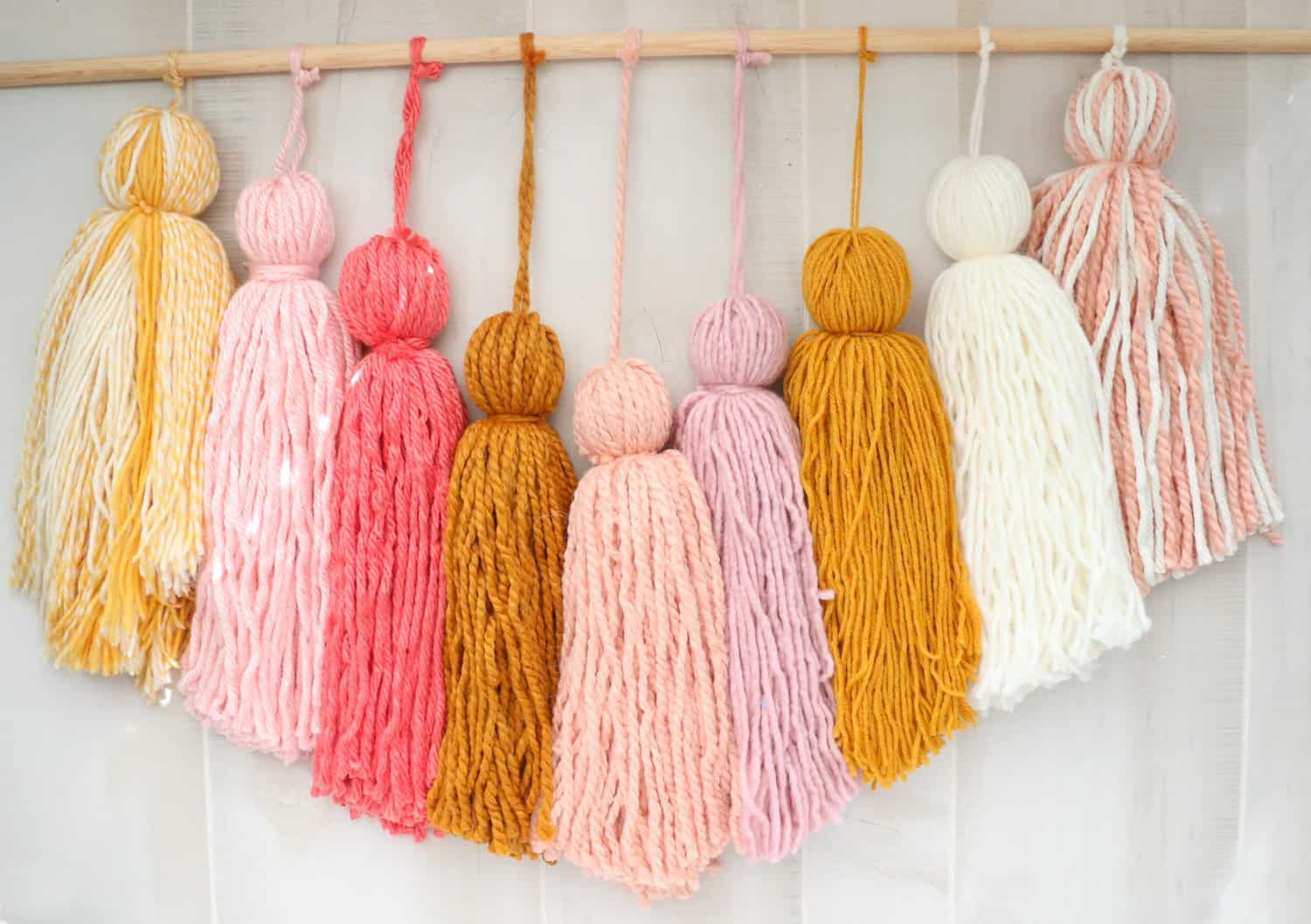
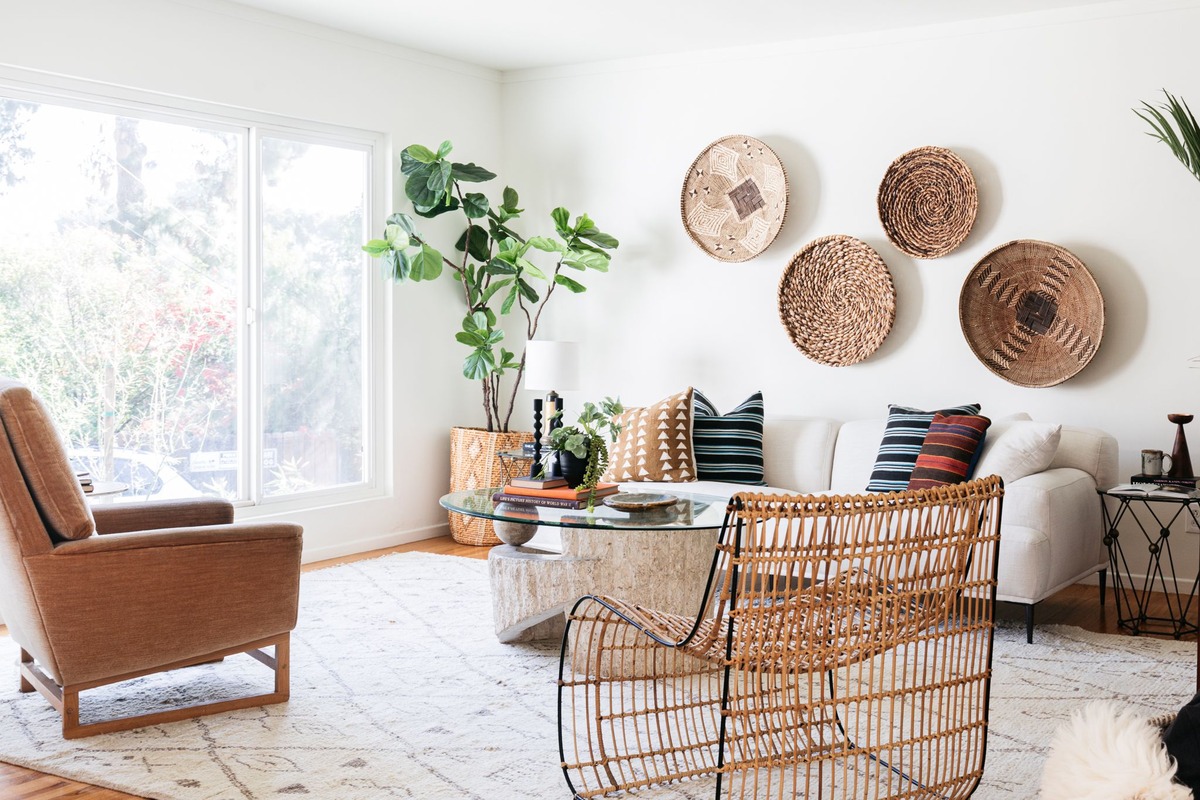
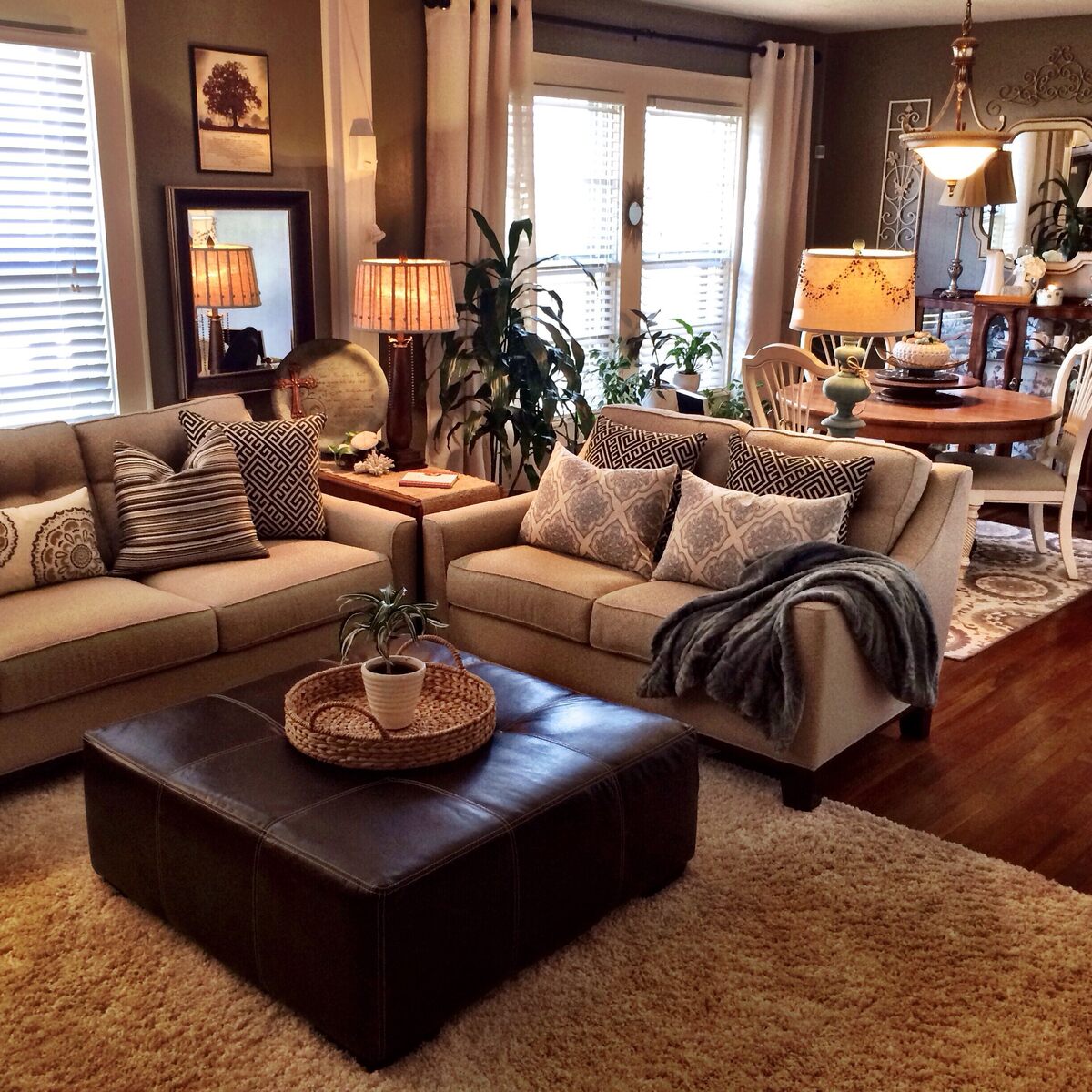
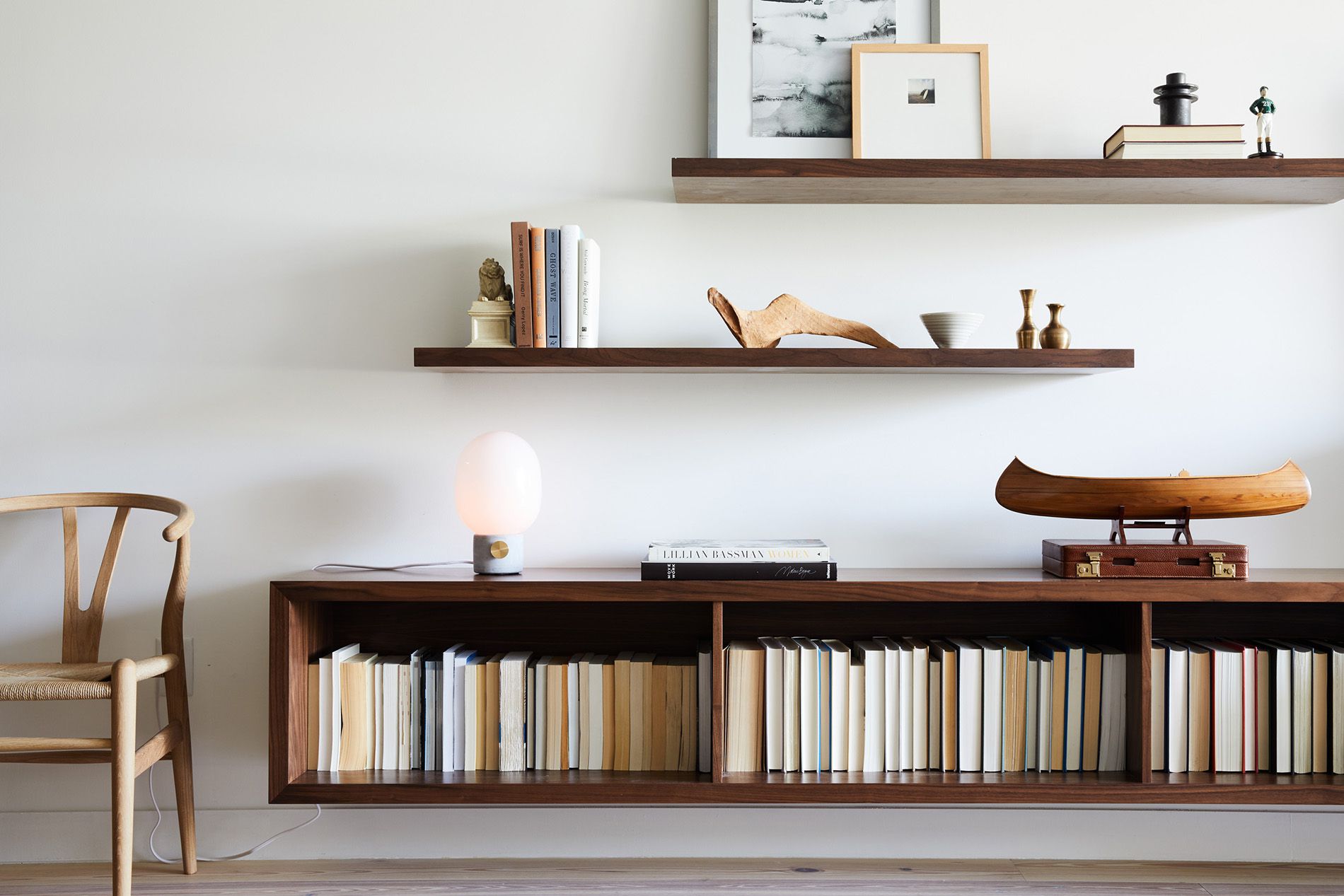


0 thoughts on “How To Make Your Home Decor Cohesive And Flow”